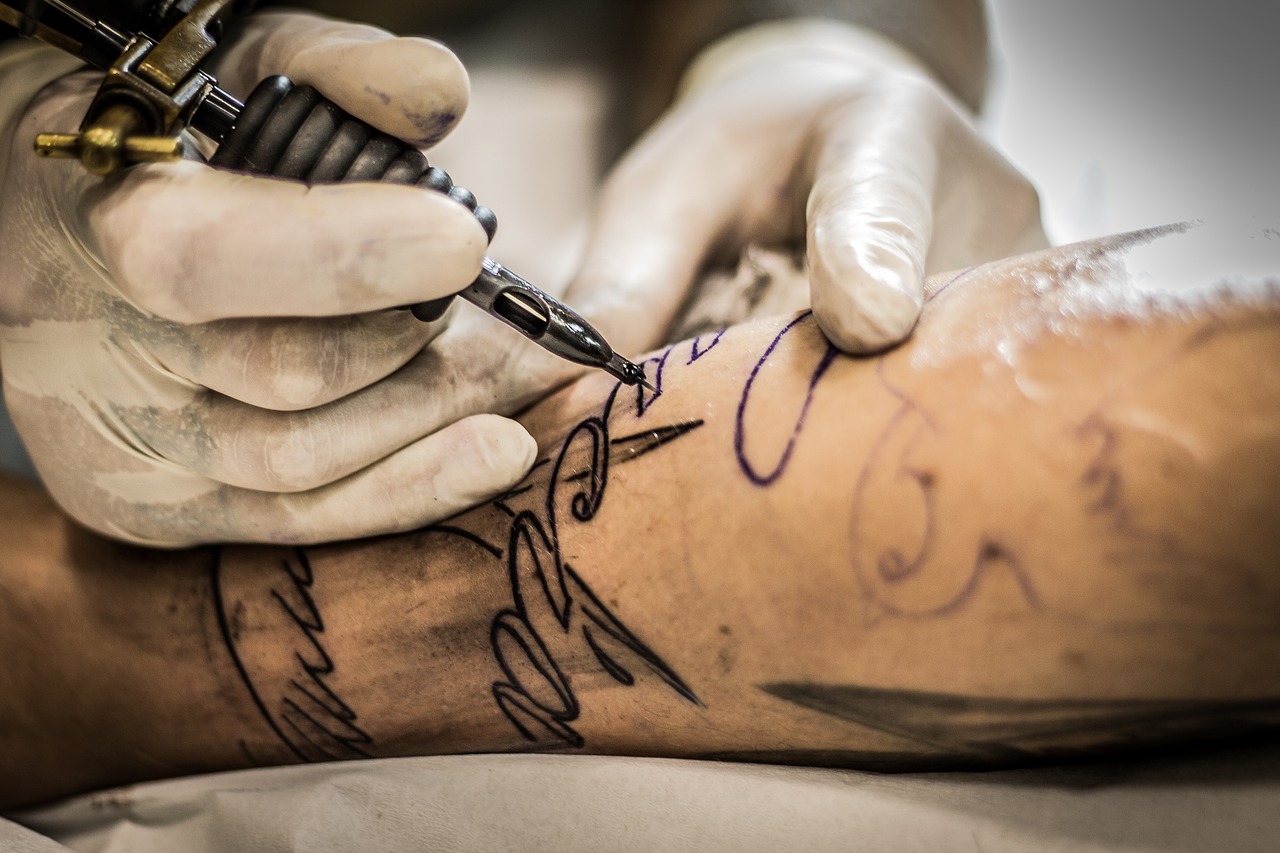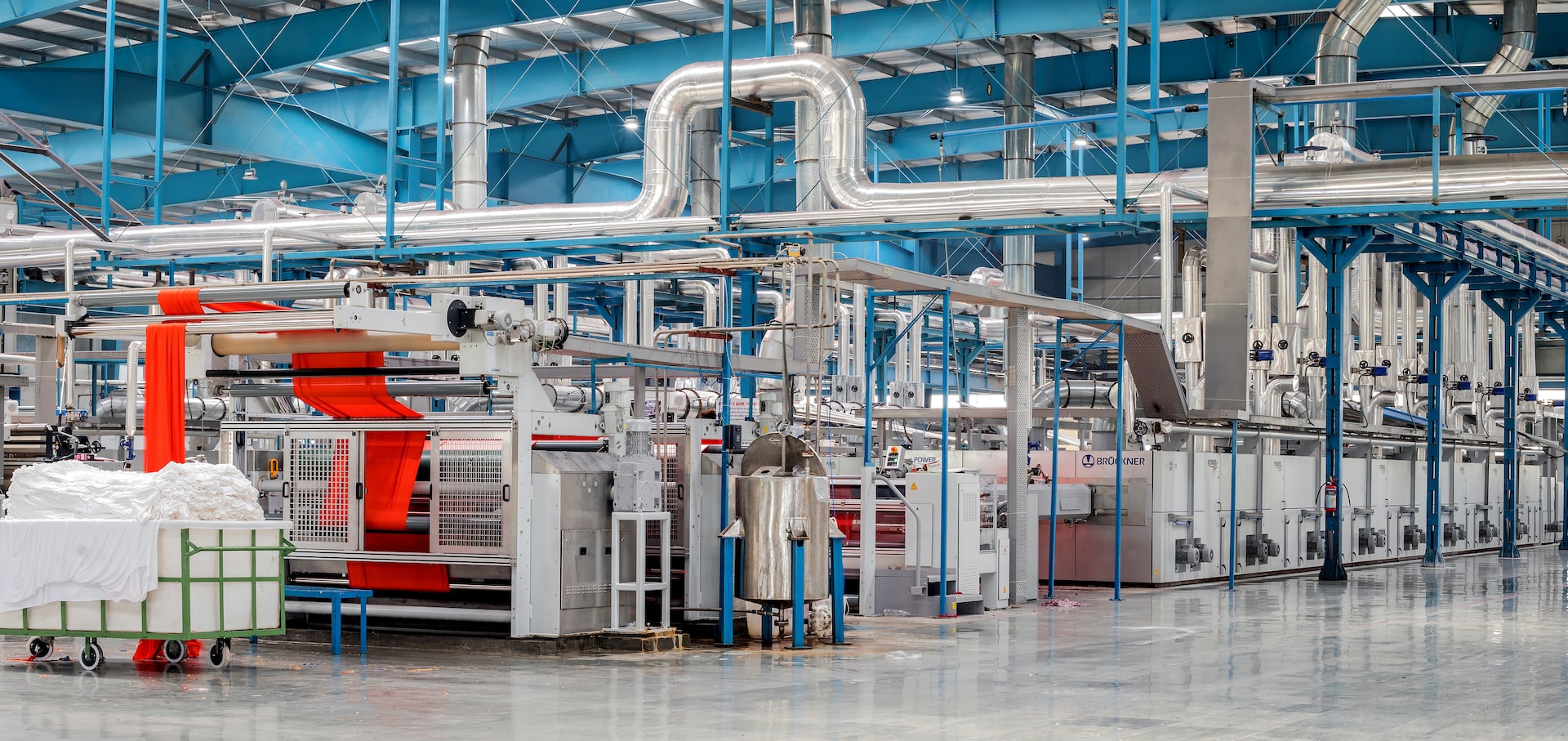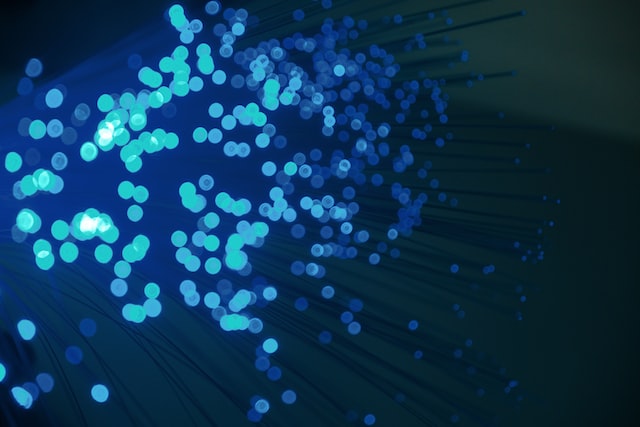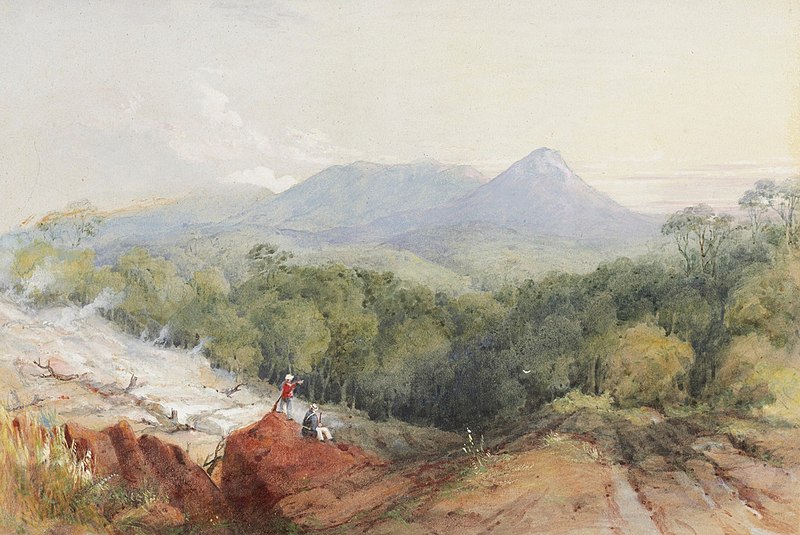Did you know you can now have a temporary tattoo that lights up when you become dehydrated or when you need to get out of the sun to prevent sunburn?
Now you know!
Its Development
Scientists from the London University College and the Institute of Technology in Italy have achieved a breakthrough after managing to create a temporary tattoo that uses light-emitting technology.
Such technology applies to smartphones and TV screens. The use of technology on tattoos makes them have an array of potential uses.
Features of the Technology
The technology employs organic light-emitting diodes (OLEDs) in the same manner as the water transfer tattoos. In other words, the OLEDs are incorporated into a temporary tattoo paper. Pressing the paper or dabbing it using water leaves a tattoo print on a surface.
The OLED device measures 2.3 micrometers in thickness. It is about a similar size to a third length of a red blood cell. The device also has an electroluminescent polymer that emits light when an electric field occurs between electrodes. Last, the device has an insulating layer between the commercial tattoo paper and the electrodes.
The Uses of the OLEDs Technology
The integration of the technology with other tattoo electronics gives rise to lighting up capabilities that identify dehydration or sunburn.
Manufacturing or packaging companies can also use the technology to light up when a product nears its expiry products or becomes inedible.
Fashion houses can also use technology to create glowing tattoos and nails.
In healthcare, medical experts can use the technology to identify when the condition of a patient changes or to identify cancers and other harmful body cells.
Drawbacks
One of the identified drawbacks of using the OLEDs technology is that the diodes degrade quickly after coming into contact with the air. So, there will be a need to integrate the diodes with a supercapacitor or battery.
The bottom line
The future of tattoos is here already because of the technology that increases their uses beyond their aesthetic value.







